💡 Here is Frank’s proprietary 0-to-1 Scrum Methodology
On a general scope, I adhere to the following scrum guideline of mine to build, test and scale a product from scratch. Sprint adaptations are applied at my discretion, depending on the nature of the product/target customers.
Unless directed otherwise, I am planning to adopt & oversee similar working principle as a senior/executive product manager. If there are specific protocols to be followed, I am also very happy to oblige 🙂
These are the scrum backlogs that needs to be completed during the problem/ need/ opportunity ideation phase. The nature & the approach angle of the research will be very different, depending on the goal of the project.
(i.e. Are we building a completely new product/business models from scratch? Or are we adding onto our existing main product to increase revenue? etc.)
Defining and narrowing down to a coherent problem is the single most important step in product management; a solution cannot exist, if there is no problem to be solved.
Once the problem had been identified, I conduct extensive market research to achieve following goals:
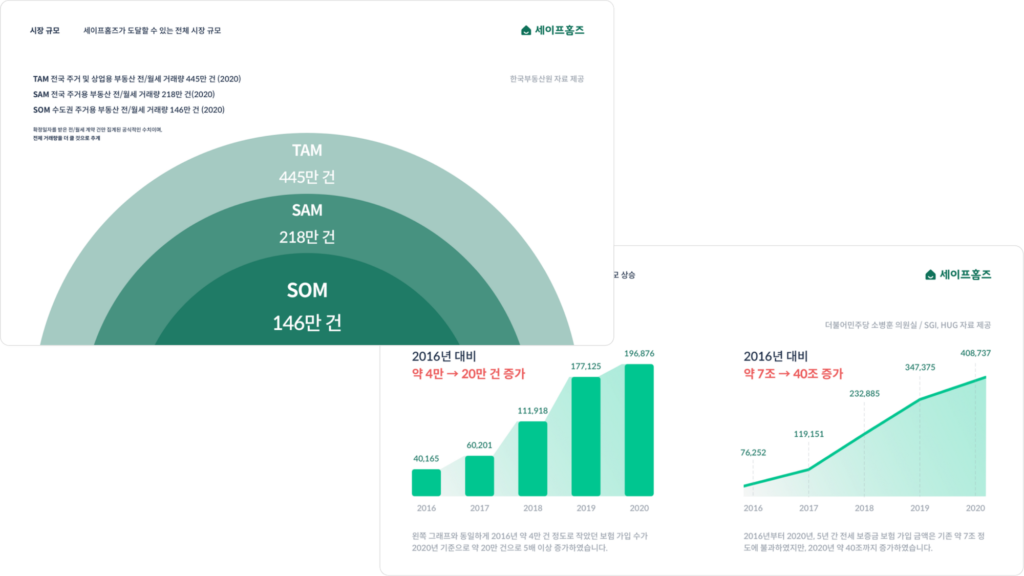
Once the problem is validated to exist with great number of people/businesses that are being impacted negatively, I conduct further qualitative research to get insights into:
Wide variety of research technique is implemented in this phase, ranging from simple online surveys to interviews, FGI and controlled observational studies & behavioral experiments.
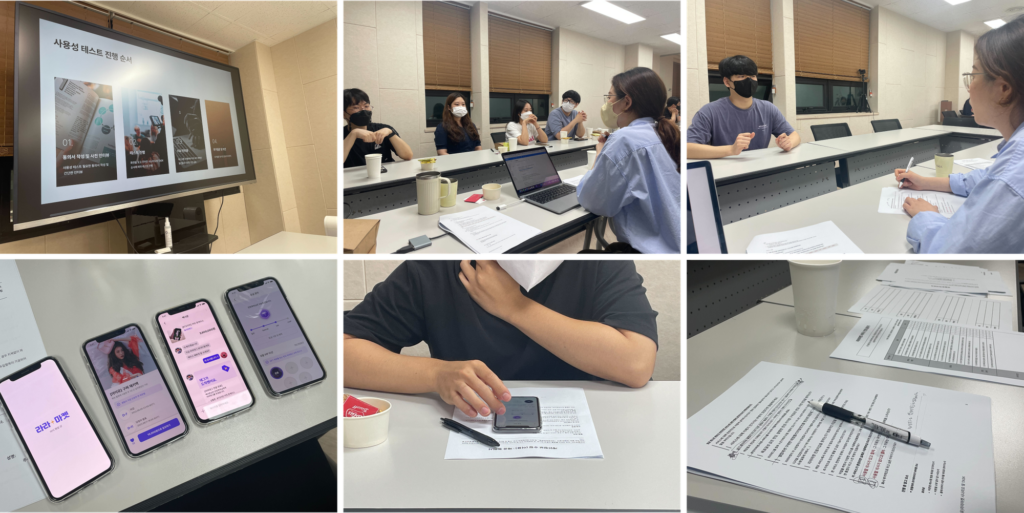
Now I have a deep understanding of (1) What the problem is, (2) Who the problem impacts, (3) When/How the problem occurs, (4) What customers are doing to solve the problem, and (5) What alternatives are available to tackle the problem.
Assessing from this knowledge, I evaluate whether the problem is worthy of solving and either (1) make the executive decision to go/stop the product planning, or (2) advise the management to make the decision, based on the resource allocation justification guideline.
Although not the magical fit-for-all guideline, I generally stick to the following criteria to evaluate the business worthiness of a problem:
Popular — There are tens of thousands of people that are being affected by the problem
Growing — The market size that presents the problem is growing at a fast rate
Urgent — People are wanting to solve the problem in a very fast, urgent manner
Expensive — Fixing/solving the problem is very costly
Mandatory — It is required by law/regulation to fix the problem (Or the law is creating the problem)
Frequent — The problem arises very frequently

The problem is now identified and set and stone.
Time to create a viable solution that will turn into a product!

Now that we have the blueprint of how our users/customers will extract core values from our product in what sequence, it is time to segment the ‘values we want to give’ into specific features.
With a coherent list of core features lined up, it is time to identify the exact development scope of MVP by (1) prioritizing what’s important & feasible and (2) eliminating what’s less important and/or impossible.
It is important to limit the MVP into a lean, light product that is cheap and fast to build, but can still deliver a strong set of values to the customers.
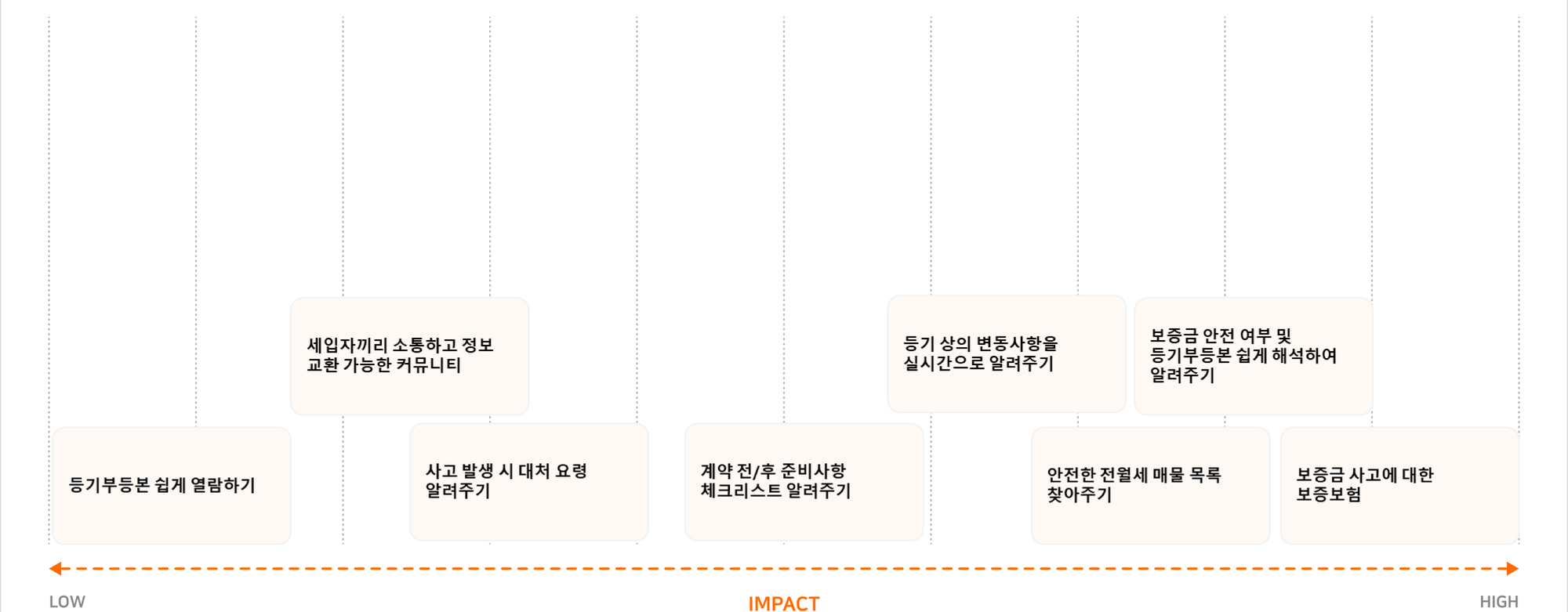
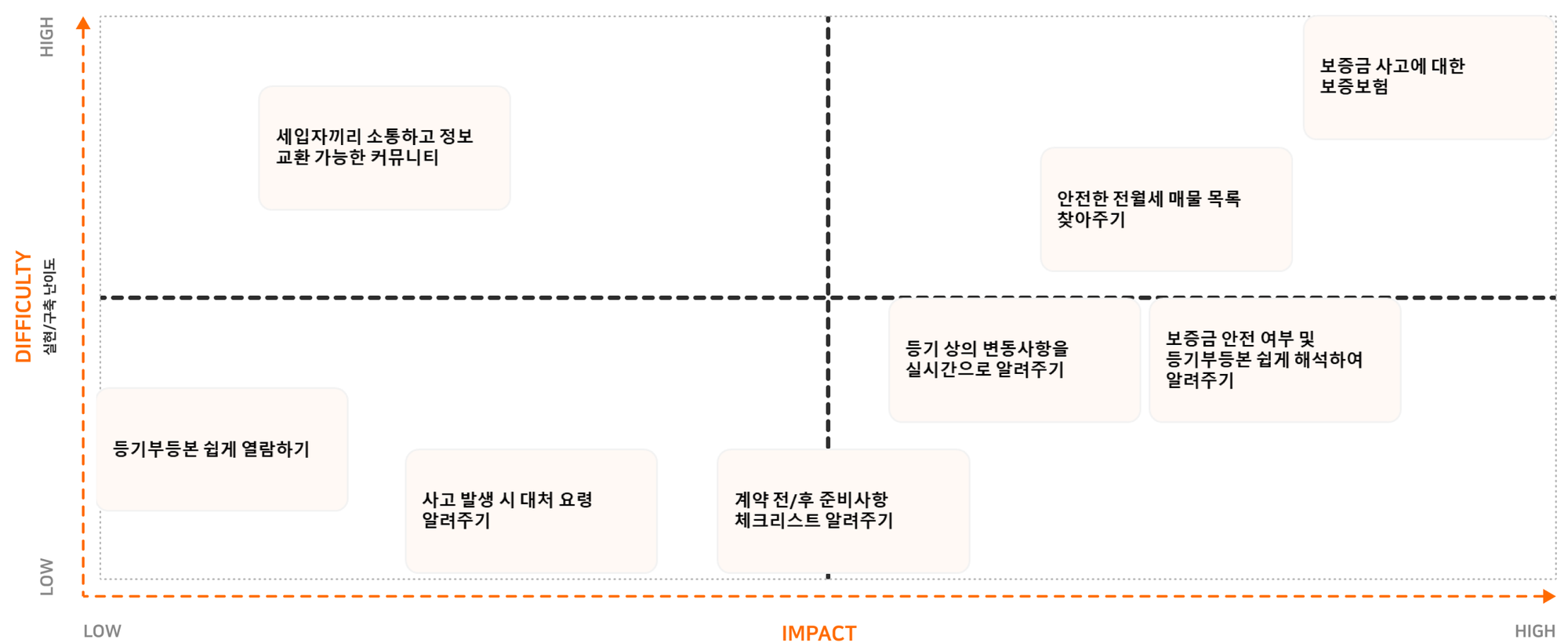
With the list of core features of the MVP set and stone, it’s time to start engineering the user experience of the product.
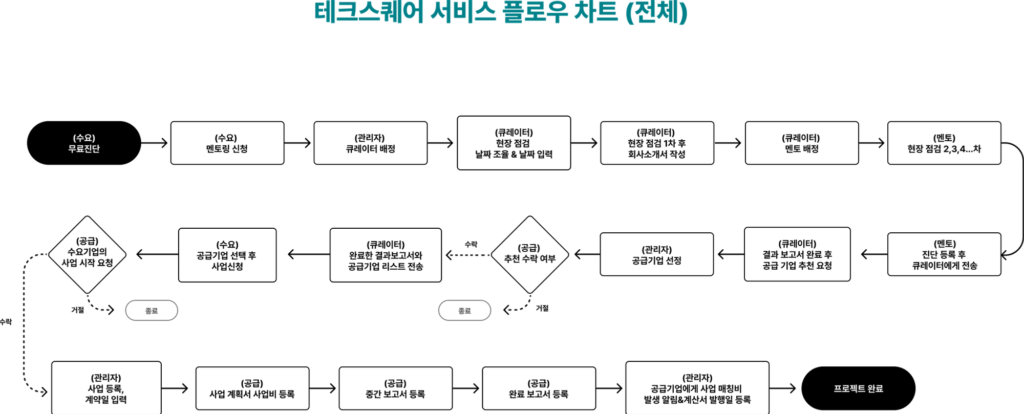
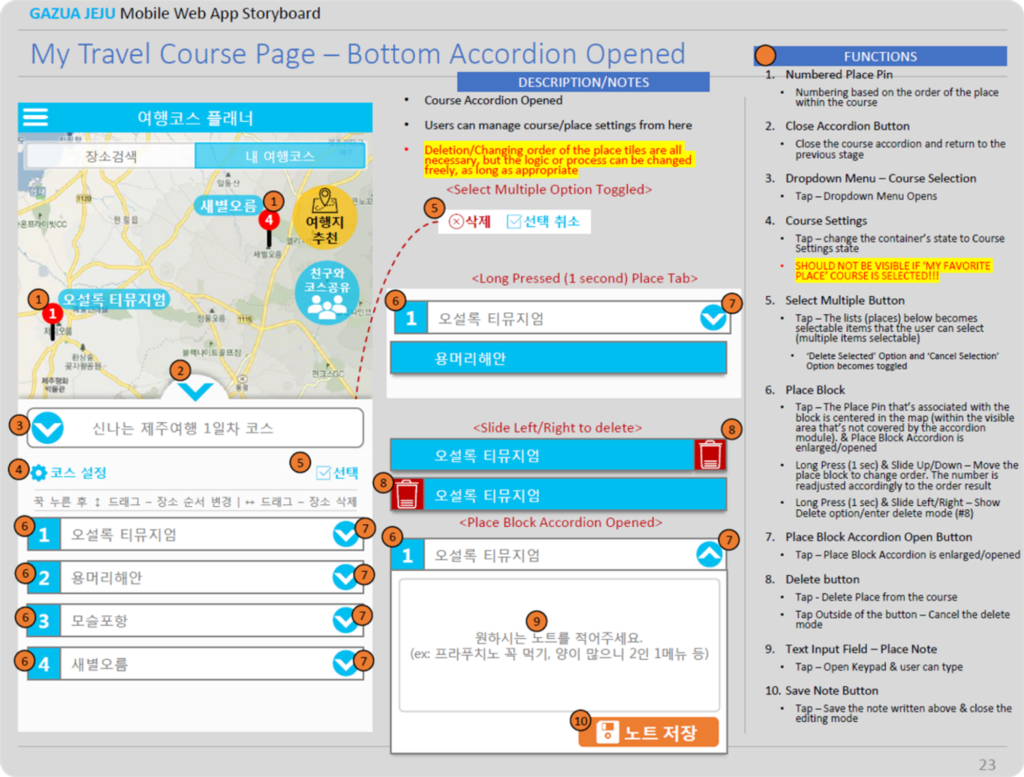
This process can be categorized into two different type: (1) Light and (2) Heavy.
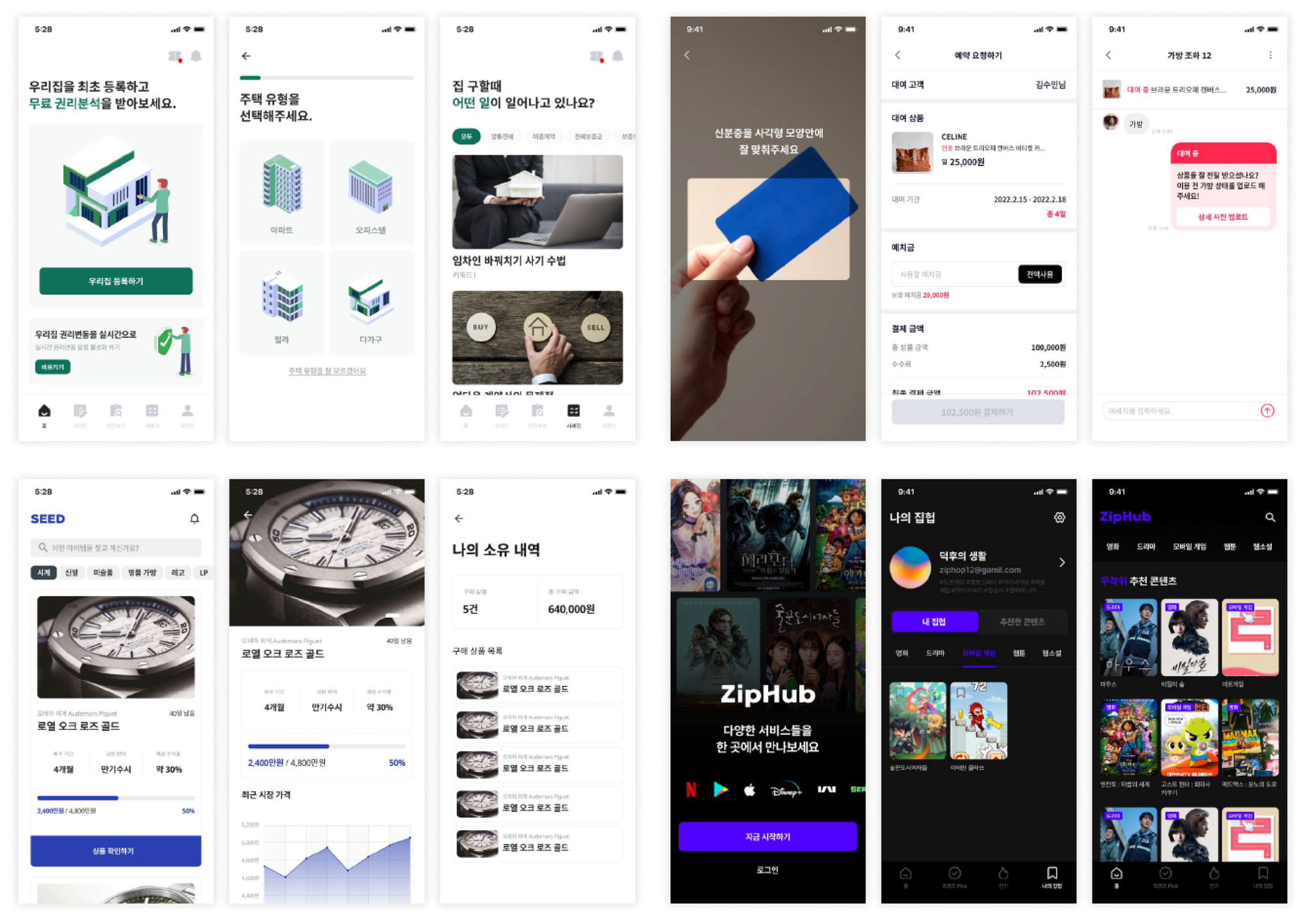
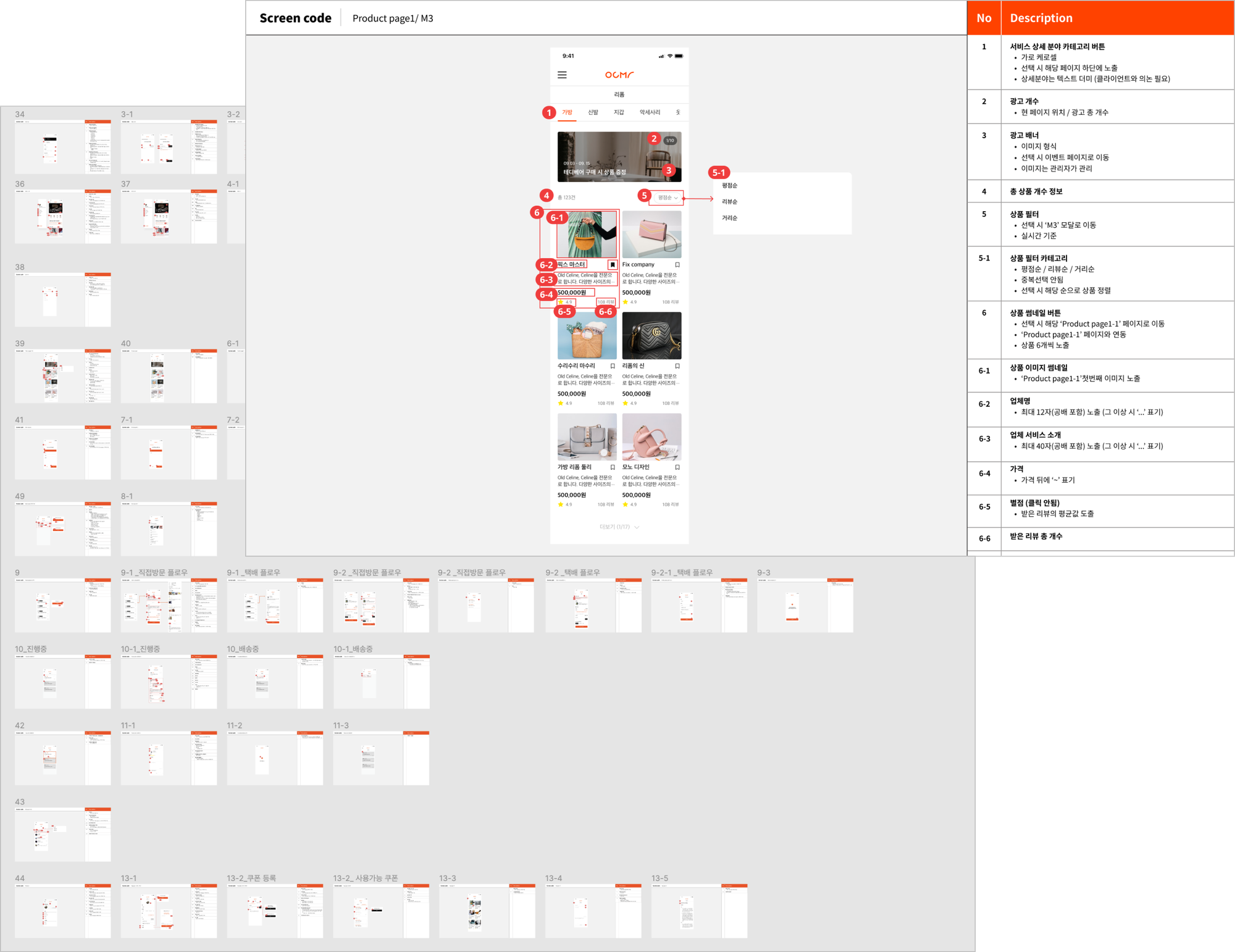
As the title states, I will draft, design and publish a landing page that outlines the product, with proper CTA buttons and analytics installed to monitor performance.

If the product is more suitable to be presented in other document forms (i.e. whitepaper, brochure, PowerPoint, etc.), I will create the landing material accordingly to the needs.
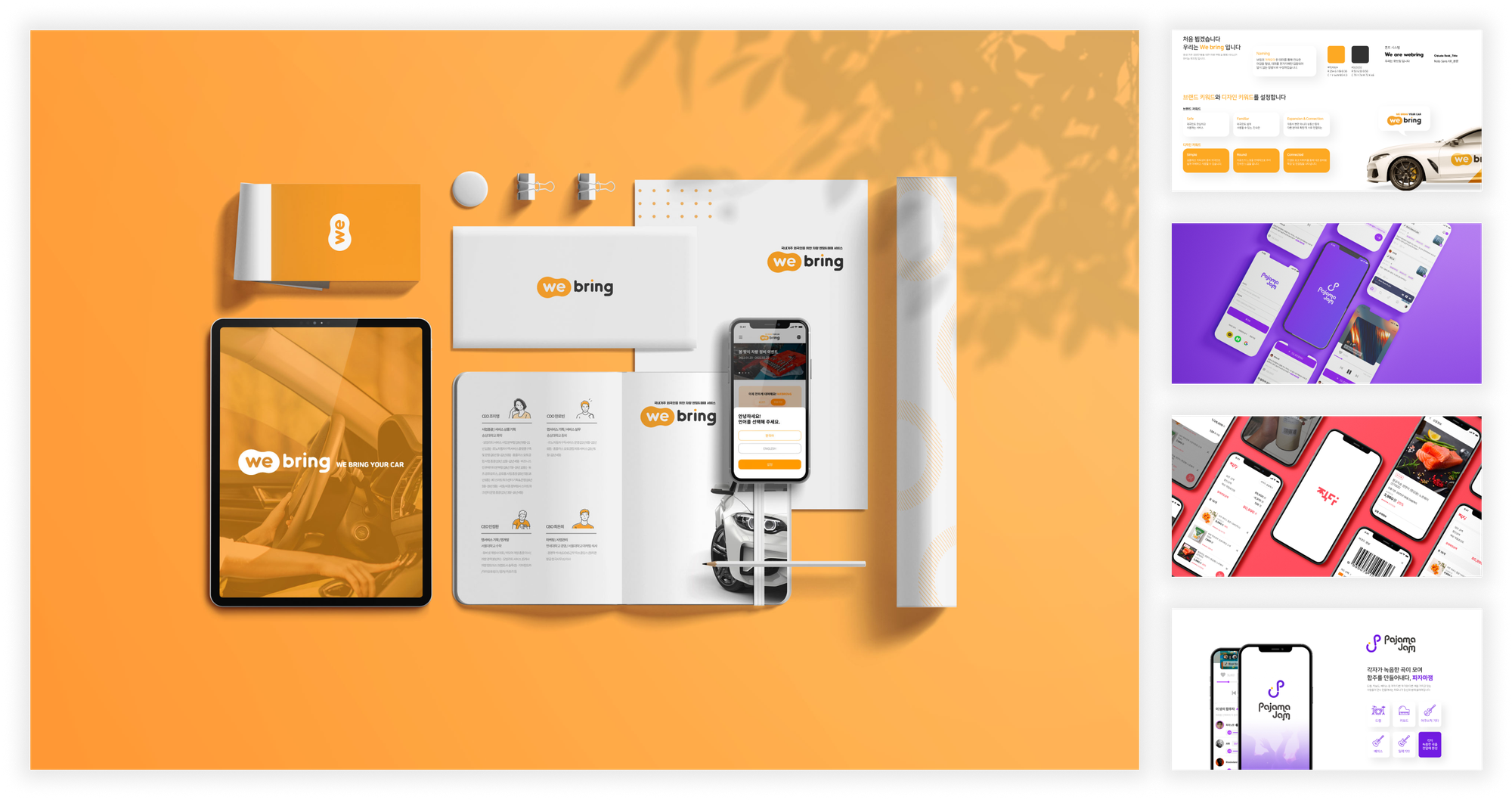
Using (1) the landing page and (2) UI/UX prototype, I will perform various user tests to extract qualitative insights.

The scope of the answers I aim to get are generally within the following range:
Based on the user test performance, I will go back to the drawing board to pivot and iterate product ideation cycle.
More follow-up user tests may or may not be performed, depending on how much angle has been pivoted from the original idea.
With the first beta product’s UI/UX and features finalized, I will devise various Go-To-Market strategies and campaigns to infiltrate target market in the fastest, most effective manner.
I will generally devise my plan around acquiring massive volume of users with the lowest CAC (Customer Acquisition Cost), with the ultimate goal to saturate as much of SOM (Service Obtainable Market) as possible within 1~2 years of timeframe.
Utilizing the landing page (or other documents), I will pre-launch the product with the goal to gather demand data from the mass public.
Some of the short-term Go-To-Market strategies will be executed, and I will closely monitor the engagement data of the users to evaluate how much of actual demand there is for the product.
I will be gathering the following scope of dataset to get some insights into our product:

Through this performance analysis, I will be aiming to get answers to the following question/hypothesis:
If the previous market/demand performance test has produced satisfactory results, I will prepare for the actual development of the MVP software product.
I will consult with project managers and engineers to create a detailed PRD, and set up appropriate project management guidelines and backlogs to ensure timely & quality delivery of the MVP.

Before our product launches and go live, I will make sure to coordinate with the appropriate stakeholders (generally engineers/ marketers/ back-stage operators/ customer support) to get ready for smooth launch and operations.
DevOps manuals and guidelines may be drafted and published internally.
I will appropriately set and monitor various KPIs to measure how successful (1) our product is performing and (2) how each of our respective teams are performing within their duties.

I will also make sure to implement customer feedback loop channel to hear the voice of our customers, stacking up the improvements and bug fix requests.
Based on the performance data collected, I will evaluate the product performance to determine if our product is meeting the appropriate level of Product-Market-Fit.
The 3 pillars of Product-Market-Fit indicators are:
If the Product-Market-Fit indicators are all performing well, I will conclude that our product is heading towards the road of success, and advise the management to allocate more resource to scale the product.
If not, I will continue to iterate on the product features and strategies until the performance reaches to the adequate level.
From the moment we launch our product, I will continue to listen to the voice of our customers to work on feature improvements.
As resources are expected to be very tight, I will prioritize the feature roll-out sequence based on impact vs difficulty matrix. Any features that either (1) will bring in large volume of new users by adding, or (2) will lose large volume of existing users by not fixing — will go onto the top priority of our to-do list.
As our product lifecycle matures, I will work closely with the management to come up with alternate business model/cash-flow initiatives to increase the revenue impact of our product.